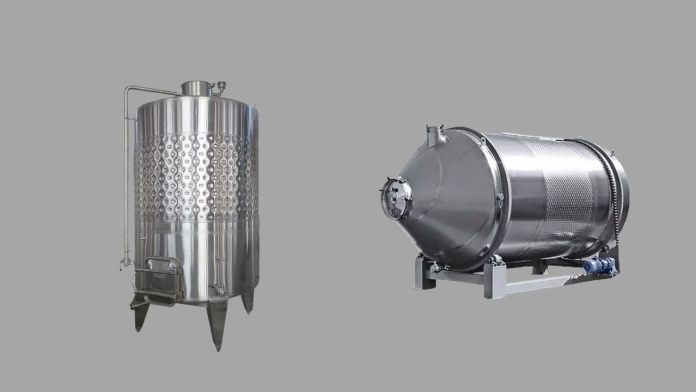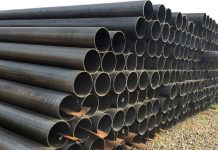Winemaking is dependent on winery fermentation tanks. They affect the whole fermentation process, determining flavor, consistency and general wine quality. By selecting the right tank, you will be able to control the hygiene, temperature, and fermentation efficiency exactly. Your attention to material, design and available personalization options are the key factors.
The Role of Fermentation Tanks in Winemaking
Ferment tanks are needed to transform grape juice into wine. The result depends on the tank’s materials, form, and construction. Every tank uses a distinct fermentation process built from stainless steel tanks alongside oak barrels and concrete/polymer containers. To select the right fermentation tank, you need to examine different temperature options that protect against contamination while delivering the best output results.
Types of Winery Fermentation Tanks
Winery fermentation tanks are available in different materials. Advantages and drawbacks of each stainless steel, oak, concrete, and plastic tank exist. Modern winemaking prefers stainless steel tanks as they are durable, easy to clean, and make good temperature controls. The complexity and texture of the wine oak tanks require a good amount of maintenance: Micro-oxygenation in concrete tanks is possible with temperature stability.
What differentiates Stainless Steel wine fermentation tanks?
304 or 316-grade stainless steel is used to manufacture these tanks because of its excellent corrosion resistance. Cooling jackets or internal coils are incorporated into these tanks for precise temperature management. The surface is nonporous and prevents contamination, making sanitation a matter of ease. Stainless steel is strong and can resist high pressures, keeping up with the exposure to chemicals used in winemaking. A further advantage of these tanks is that they do not impart any unwanted flavors, allowing full control over the final wine profile.
Type of Stainless Steel Fermenting Tank to Choose
The type of wine being produced dictates which stainless steel tank to choose. Red wine does well in open-top fermenters, which allow manual cap management during fermentation. Pump-over wine tanks promote juice circulation to promote flavor extraction. Fermenters with a cone shape improve the quality of immersion of the cap, which results in better fermentation efficiency. Horizontal fermentation tanks, being able to rotate gently, optimize red wine extraction. Variable capacity tanks are very useful for small and large batch production.
Customization & Additional Features for Enhanced Wine Quality
Customization options allow wineries to customize the fermentation tanks to fit their needs. Variable capacity tanks can be adjusted on the fly according to production needs. Different winemaking styles require open- or closed-top designs. Automated controls, mixing systems, and specialized tank shapes can improve fermentation consistency. Customization increases the efficiency and power of the winemaking process.
Cost-Effectiveness in the Long Run
The cost of a stainless steel tank may seem high initially, but the long-term value you harness is undeniable. These tanks have low maintenance costs and high durability over time. Additional energy-efficient features include temperature control systems. Stainless steel tanks are also good for scalability so that wineries can expand, which is an excellent long-term investment.
Conclusion
You should choose the right fermentation tank for your consistent, high-quality wine. Stainless steel tanks offer superior durability, hygiene and temperature control and are, therefore, the preferred choice for modern winemaking. Choosing the right tank that goes hand in hand with winery production goals improves efficiency and wine quality. Investing in the most valuable fermentation tank will ensure your success in the long run when it comes to winemaking.



















